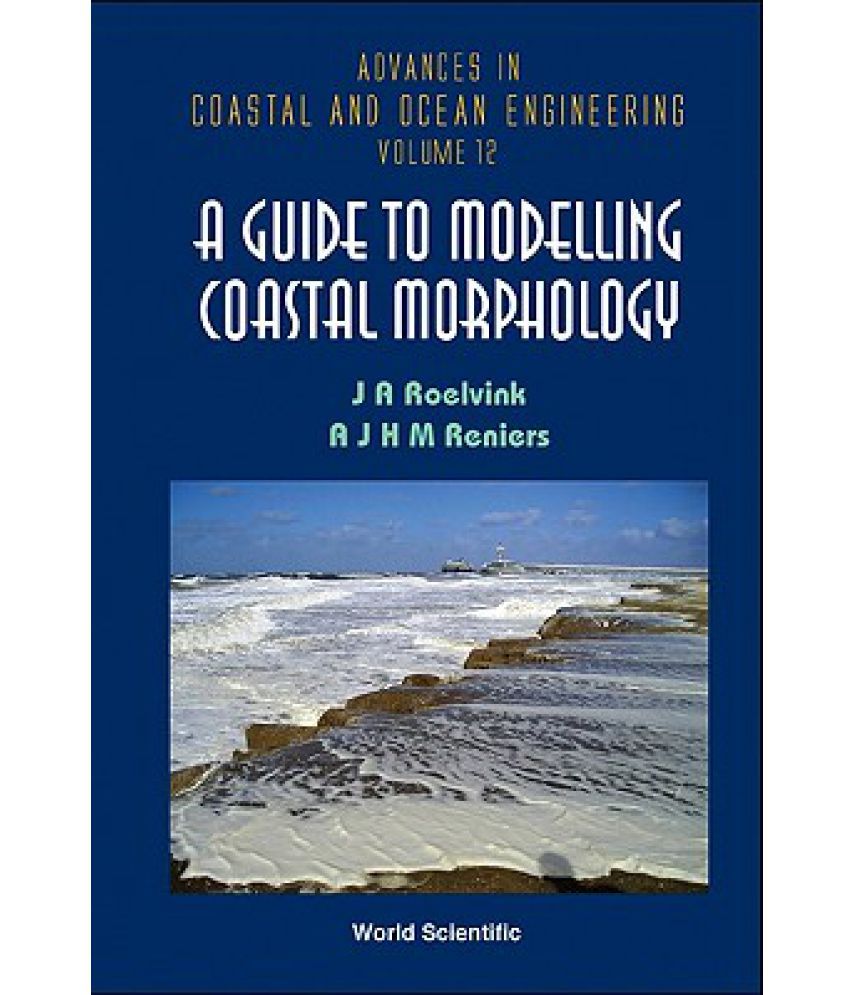Something went wrong. Please refresh the page and try again.
Something went wrong. Please refresh the page and try again.
Notifications can be turned off anytime from settings.
Item(s) Added To cart
Qty.
Something went wrong. Please refresh the page and try again.
Something went wrong. Please refresh the page and try again.
Exchange offer not applicable. New product price is lower than exchange product price
Please check the updated No Cost EMI details on the payment page
Exchange offer is not applicable with this product
Exchange Offer cannot be clubbed with Bajaj Finserv for this product
Product price & seller has been updated as per Bajaj Finserv EMI option
Please apply exchange offer again
Your item has been added to Shortlist.
View AllYour Item has been added to Shopping List
View AllSorry! A Guide to Modeling Coastal Morphology is sold out.


You will be notified when this product will be in stock
Learn More about the Book
Process-based morphodynamic Modeling is one of the relatively new tools at the disposal of coastal scientists, engineers and managers. On paper, it offers the possibility to analyse morphological processes and to investigate the effects of various measures one might consider to alleviate some problems. For these to be applied in practice, a model should be relatively straightforward to set up. It should be accurate enough to represent the details of interest, it should run long enough and robustly to see the real effects happen, and the physical processes represented in such a way that the sediment generally goes in the right direction at the right rate. Next, practitioners must be able to judge if the patterns and outcomes of the model are realistic and finally, translate these colour pictures and vector plots to integrated parameters that are relevant to the client or end user. In a nutshell, this book provides an in-depth review of ways to model coastal processes, including many hands-on exercises.
Front Cover Glimpse
Process-based morphodynamic modelling is one of the relatively new tools at the disposal of coastal scientists, engineers and managers. On paper, it offers the possibility to analyse morphological processes and to investigate the effects of various measures one might consider to alleviate some problems. For these to be applied in practice, a model should be relatively straightforward to set up. It should be accurate enough to represent the details of interest, it should run long enough and robustly to see the real effects happen, and the physical processes represented in such a way that the sediment generally goes in the right direction at the right rate. Next, practitioners must be able to judge if the patterns and outcomes of the model are realistic and finally, translate these colour pictures and vector plots to integrated parameters that are relevant to the client or end user. In a nutshell, this book provides an in-depth review of ways to model coastal processes, including many hands-on exercises.
The images represent actual product though color of the image and product may slightly differ.
Register now to get updates on promotions and
coupons. Or Download App